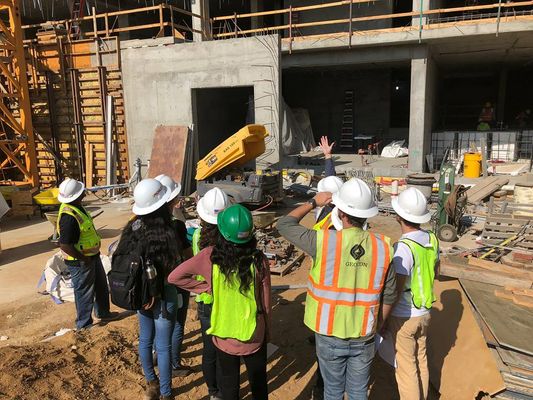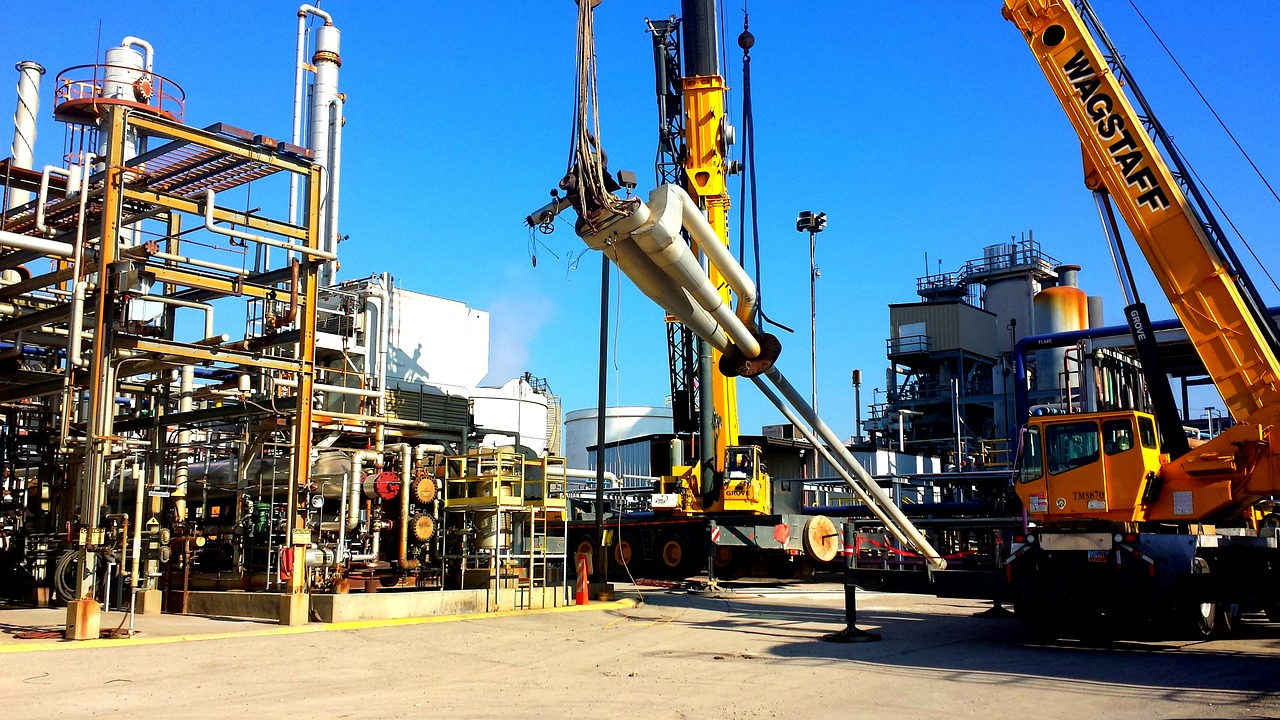The Evolution of Civil Consulting Engineers in the Modern Times
The Evolution of Civil Consulting Engineers in the Modern Times
Blog Article
The Crucial Payments of Geotechnical Engineers in Evaluating Dirt Behavior and Foundation Layout for Lasting Facilities Advancement
Geotechnical designers offer as a cornerstone in the realm of lasting infrastructure development, where their competence in analyzing dirt actions straight affects the safety and long life of structures. By using advanced techniques such as Common Infiltration Examinations and Cone Penetration Testing, they thoroughly evaluate soil buildings, leading to notified decisions on foundation design.
Function of Geotechnical Engineers

In addition to site investigations, geotechnical engineers evaluate possible risks such as soil liquefaction, slope security, and groundwater concerns. They use advanced engineering principles to develop services that minimize these risks, making sure that designs abide by relevant codes and standards. Their job typically includes partnership with other design self-controls, architects, and ecological researchers to create integrated methods to infrastructure development.
Moreover, geotechnical designers add to lasting methods by advertising the use of products and methods that reduce ecological effect. Via their thorough understanding of dirt technicians and geology, they play a vital duty in fostering safe, resilient, and sustainable facilities that meets the needs of culture while safeguarding the environment.
Dirt Actions Analysis Methods
Recognizing dirt habits is basic to notified decision-making in geotechnical engineering, as it directly affects the style and construction procedures. Various analysis strategies are used to assess dirt homes, ensuring exact forecasts of its performance under various loading conditions.
One main approach is the Common Penetration Examination (SPT), which supplies understandings into dirt thickness and uniformity with the resistance experienced throughout penetration. Likewise, Cone Penetration Testing (CPT) uses a continual profile of dirt stratification and in-situ strength criteria, making it possible for an extra in-depth understanding of subsurface problems.
Research laboratory examinations, such as Atterberg limits, unconfined compressive strength, and triaxial examinations, are necessary for identifying soil actions under controlled conditions. These examinations promote the determination of essential criteria, including shear toughness, compressibility, and leaks in the structure.

Foundation Style Concepts
Structure layout concepts are important for ensuring the stability and long life of frameworks, as they dictate just how loads are sent from the superstructure to the underlying dirt. These principles encompass different considerations, including load-bearing capacity, settlement, and side stability. A thorough understanding of soil technicians is vital for geotechnical engineers to examine the communication between the structure and the dirt.
One trick concept is the suitable option of foundation kind, which might consist of superficial foundations, such as spread footings, or deep foundations, like caissons or stacks, relying on dirt conditions and architectural lots - geotech engineer. The structure needs to be created to decrease differential settlement, which can lead to structural damage

Sustainable Infrastructure Practices
How can we properly incorporate sustainability right into facilities methods? Lasting facilities methods start with extensive site analyses, which evaluate dirt habits, neighborhood ecosystems, and resource schedule.
Additionally, using ingenious construction strategies, such as using low-impact foundations and recycled products, substantially reduces the carbon footprint of framework projects. Geotechnical designers play a pivotal function in choosing appropriate materials that boost sturdiness and sustainability, such as using geo-synthetics to enhance soil security and lower disintegration.
In enhancement, lasting facilities methods require ongoing tracking and maintenance to make certain that frameworks stay resistant over time. Ultimately, these methods not just add to the long life of frameworks yet likewise advertise a much healthier environment, straightening infrastructure development with wider sustainability goals.
Study and Applications
Instance researches in geotechnical engineering give valuable understandings into the useful applications of soil actions and sustainable facilities techniques. One noteworthy example is the building and construction of the Burj Khalifa in Dubai, where comprehensive dirt screening and analysis were carried out to examine the unique difficulties positioned by the area's loosened sand and high water table. Geotechnical engineers used advanced techniques such as vibrant probing and cone infiltration testing to figure out the soil's load-bearing capacity, eventually bring about the design of a deep foundation system that supports this legendary structure.
One more important instance is the remediation of the San Francisco-Oakland Bay Bridge after the 1989 Loma Prieta quake. Geotechnical analyses exposed the need for soil stabilization methods, including grouting and soil nailing, to enhance the seismic resilience of the structure. These find this treatments not only improved the bridge's safety however also added to its long life and sustainability.
Such study exemplify just how geotechnical designers play a vital role in recognizing dirt behavior and applying ingenious solutions to make More hints certain the architectural integrity and sustainability of facilities projects. geotech engineer. Their know-how is necessary in resolving the complex tests presented by numerous dirt problems throughout diverse geographical locations
Conclusion
In verdict, the contributions of geotechnical designers are important for the analysis of dirt actions and the design of structures, which are essential for sustainable facilities growth. Through the application of sophisticated screening strategies and innovative products, these experts make sure the security and security of frameworks while decreasing environmental effects. The combination of sustainable techniques promotes durability in infrastructure jobs, highlighting the value of partnership among stakeholders to attain reliable construction options that meet both societal and environmental demands.
Geotechnical designers offer as a foundation in the realm of sustainable facilities growth, where their competence in analyzing soil actions straight influences the safety and longevity of structures.Geotechnical engineers play an important role in the design and construction of facilities by assessing soil and rock actions to ensure stability and safety and security. A thorough understanding of dirt technicians is essential for geotechnical designers to review the interaction in between the dirt and the foundation.
Geotechnical analyses revealed the need for soil stabilization techniques, including grouting and see this site dirt nailing, to boost the seismic strength of the structure.In verdict, the contributions of geotechnical engineers are vital for the assessment of soil habits and the style of foundations, which are crucial for lasting facilities growth.
Report this page